A bit of family history, if my Dad had died I don’t think Everoak would have happened. When you look back to 1945 all these POW’s had already survived the horror of being shot down , when they got home in June 1945 they got and expected nothing, they just started their lives as best they could, Dad did not talk about it much, he told me ” when you are hungry you will eat anything” and “never under estimate losing your freedom ”
 Sgt E W Vero
Sgt E W Vero
71 years ago to today Dad was being loaded into a Cattle truck at Goldburg marshalling yard now Ziotoryja Poland. He had marched with other RAF POW’s 240kms from Stalag Luft V11 at Bankau leaving on or around 19th of January in bitter winter conditions in front of the advancing Russian Army under constant threat of death from their captives with little or no food , poor shelter , moving sometimes at night . They crossed the River Oder on the 21st of January having endured -33C , sheltered in cowsheds the following day with a ration of 100gms of biscuits and half a cup of coffee ( probably made from Acorns } If you google up Stalag Luft V11 you will find the pegasusarchive and a full report from the Camp Medical Officer D C Howatson RAMC with a day by day report of the march
Bill Vero
The New Factory was situated in Crystal Palace Road
at the rear of 33 East Dulwich road. The sewing work was done mainly on the
first floor which was reached by an outside staircase. The shells were made at
the moulding works at either 49 East Dulwich Road or 88 East Dulwich Grove
Above is a photo of the original building of Everitt Vero & Co ltd, situated at the end of Crystal Palace Road, my Mum, Joan Chinery, worked there in the 1960s making safety hats & helmets, I took this photo approx 1998, I don’t know if this building is still standing but it belonged to Fords motors when I took this photo.
Above photo of Everitt W Vero, Crystal Palace Road, in the late 1990s (photo courtesy & copyright of John Chinery)
An Early photo circa 1938/39 of the garage in East Dulwich Road
(Courtesy & Copyright of Bill Vero)
(below) Goss Workers late 1950s
(below) Len the Driver
Photos courtesy & copyright of Bill Vero
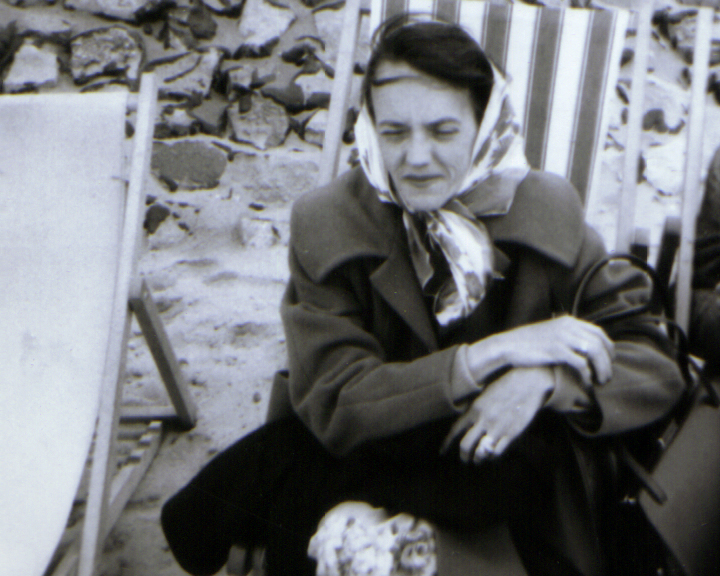 Joan Chinery worked at Everitt Vero late 1950s – 1967
Joan Chinery worked at Everitt Vero late 1950s – 1967
Everitt Vero Co Ltd was founded around 1878 by our Great grandfather
who came from a family of Hatters in Atherstone Warwickshire. Sadly the firm
ceased trading in 1990 and nearly all of the buildings cease to exist . Some of the workforce were, Joan Chinery, Maureen Flannery & Madge Gage, who was in charge, at the ” New Factory” in Crystal Palace Road at the rear of 33 East Dulwich road. The sewing
work was done mainly on the first floor which was reached by an outside
staircase. The shells were made at the moulding works at either 49 East Dulwich
Road or 88 East Dulwich Grove. Bill Vero
Photo of Joan Chinery courtesy & copyright of John Chinery
Donald Campbell – 1960 Everoak Made Flying Helmet
Mike Hawthorn – 1957 – 1st Helmet in f1 with temple protection
Victoria to 20th Century by Bill Vero
With the expansion of the British Empire the tropical sun helmet was developed this was made from cork or pith taken from the Indian spongewood tree , very light in weight covered with white or kahki cotton and faced with green cloth and insulated with aluminium foil which kept the head cool against the tropical sun . British Army and tea planters in India adopted the game of Polo which was played before 500BC and spread through the Eastern world as well as being good training for cavalry . The Calcutta Polo was formed in 1863 and an adaption of the tropical pith helmet was developed for polo . The origins of the modern protective helmet are found in a combination of the different styles of headwear developed for several different disciplines in the Equestrian world using the available materials of felt , goss reinforcement and cork .
Cork Sun Hat – Photo courtesy & copyright Bill Vero
From 1878 my own family played a part in the manufacture of helmets , my Great Grandfather moved from his Atherstone roots to set up business in South London . By this time the more compact high crown peaked shape riding helmet had become established as the popular wear for horse riding , covered in black or blue velvet with crown vent button and rear ribbon bow , together with the more traditional shape of the black silk top hat and the reinforced bowler hat . These products remained largely unchanged through to the middle of the 20th Century.
19th Century Vero Hat Co (photo courtesy & copyright Bill Vero)
With the introduction of motoring and aviation the first protective helmets were all based on the reinforced riding helmet . Cody the Aviation pioneer wore a specially padded helmet prior to his death in 1913 and a cork based flying helmet with concussion tapes was made for the Royal Flying Corps during the first Great War . The Auto Cycle Union had made motorcycle helmets compulsory for the TT races on the Isle of Man prior to thr outbrake of war in 1914 . The Motor Racing helmets worn by Goldie Gardner and others during the 1930s were made from the Polo cap shape in felt and gossamer with the addition of a linen neck curtain and leather strap to retain the helmet , concussion tapes were added for extra protection.
Up to 1950 before plastics gained the monopoly of the safety helmet materials market crash helmets and riding helmets were mainly made from material known in the trade as goss . The making of helmets in this material was called ” goss work ” and those that did this hand work were said to be ” on the goss ” . The shellac was delivered to the factory in the form of tiny flakes , these were boiled in water and ammonia , and the cotton twill was dipped into this concotion and laminated onto a felt hood that was then pressed to shape in a heated mould , Demand exceeded this form of labour intensive production and the only alternative were to make chemical substitutes which were required to meet higher standards
Helmet Article
Part one Introduction
When asked to write about the history and development of protective headwear for horse riders I approached the subject with some trepidation , I was neither an expert or a student of physics but realised I was rather uniquely placed having to been born into a family of helmet makers and spent over 50 years manufacturing protective helmets.
The family helmet company had been established in South London in the 1870s and my Grandfather in addition to making riding helmets supplied a landmark product in the form of a cork reinforced flying helmet for the Royal Flying Corps in the first World War . In the second World War my father was one of the fortunate members of his squadron to survive the conflict in the skies over Europe and went on to become a founder member of the first British and in fact world helmet standard committee in 1951 , he produced a fibreglass helmet as early as 1952 and designed the first Everoak Motor racing helmet with temple protection worn in Formula 1 by Mike Hawthorn in 1957 who went on to become World Champion in 1958 . I started my working life in 1960 as a fibreglass helmet moulder with day release to the London College of fashion where i studied tailoring textiles and factory management . During my career I have been privileged to see all the major developments in protective headwear from the Californian TopTex corporations introduction of their patented polystarene shock absorbing liner in 1960 up to the latest conehead polystarene liner system designedby the Australian phyicist Don Morgan .
During the 50s and 60s it was not uncommon to see outside a racecourse the sad figure of an exjockey reduced to selling newspapers as he was suffering from chronic encepphalopathy
( punch drunkeness ) caused by the accumulative effect of repeated head impacts due to inadequate protective skulls , these were a shallow felt and goss shell made as light as possible as the Jockey weighed in with them .
This situation was addressed by the Jockey Club and in the mid 60s I worked with Brigadier Teacher , the National Hunt committee , surgeons ,and top Jockeys including Brough Scott to develope the original fibreglass Jockey Skull that gave good deep head coverage especially to the rear base of the skull and did not tilt forward during a fall . This helmet was made to a new standard BS4472 and was the forerunner to all modern equestrian helmets . Since then there have been huge steps forward in head protection for the horserider in part due to the technical paper in the British Medical Journal written by Michael Whitlock and Nigel Mills , Esther Rantzen in her television programme and Jane Davies of the Mark Davies injured riders fund . The positive response by manufacturers has resulted in competitively priced helmets that now offer more protection than a Grand Prix drivers helmet of the 1960s , and thanks to the investment and commitment of helmet makers especially those in the UK helmets continue to improve
(below) Various Everoak Safety Helmets (all photos courtesy & copyright Bill Vero)
Sir Stirling Moss with one of the recreations I made to my fathers
original designs (Bill Vero)
Bill Vero very kindly gave his permission to use the following videos:
British Equestrian Trade Association (BETA)
Bill Vero being presented with the BETA Lifetime Achievement Award for his commitment to rider safety as a pioneer of protective headwear. Indirectly, Bill’s work in this field has probably saved more lives than any other individual in the equestrian industry.
BETA Lifetime Achievement Award Bestowed upon Bill Vero 2016
“Congratulations Bill”
We made a maximum of 200 Lotus brand Grand Prix helmets for Lotus cars who had a range of motoring/Racing accessories , I went to the factory at Hethel ? and their design team came up with the green stripe graphics as the photo , I don’t think they ran the accessories for long and returned to the core car business , must be quite a rare helmet
Regards Bill Vero
WW1 flying helmet manufactured by Ellwood hats/ Everitt W. Vero
Dear Sirs
I recently visited the Science Museum especially to see the excellent Exploring Space display and Tim Peake’s re-entry capsule well supported by one of your knowledgeable young staff before moving onto the flight gallery and the pioneering history of
flight . I was delighted to see a First World War flying helmet designed and manufactured by my Grandfather probably to an MOD or Crown Agents contract circa 1914/18 under the brand name of Ellwood Hats or Everitt W Vero & Co Ltd which technically at that time was ” state of the art ” head protection which I believe was based upon pioneer headwear worn by Samuel Cody . In his early fights from Farnborough Heath period photographs show a flying helmet with extra padding added to the front and temple area to improve head protection when thrown forward in a heavy landing although sadly this did not prevent his death in 1913 . I still have an original but rather battered flying helmet in my private collection and we also made some replica recreations in 1965 for the film ” Those Magnificent Men in their Flying Machines ” these were made either under the Everitt W Vero or Everoak label which featured a Green Oak Tree with the brand name across it. I believe I can add to the historical information of the Museum and would love the opportunity to check the branding of your display helmet. Thanks again for a superb display. Yours sincerely Everitt William ( Bill )Vero
Copyright – © Important Notice – Please note all material on this website, photos, information & design is protected by owner copyright. It is an offence to use any of the material from this website without the owners permission.©


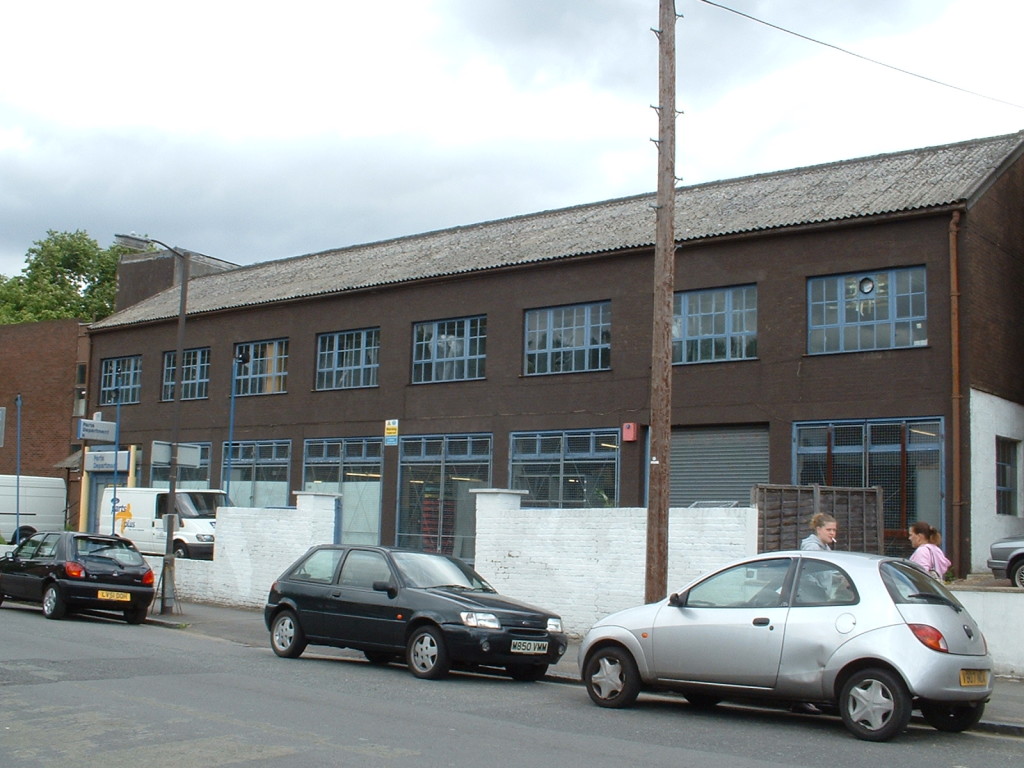

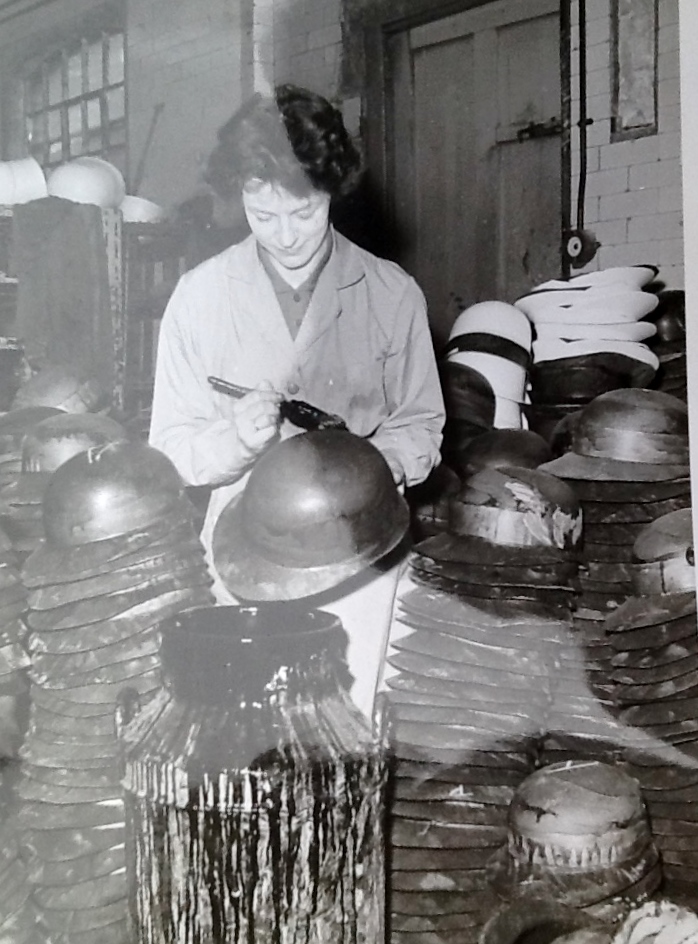
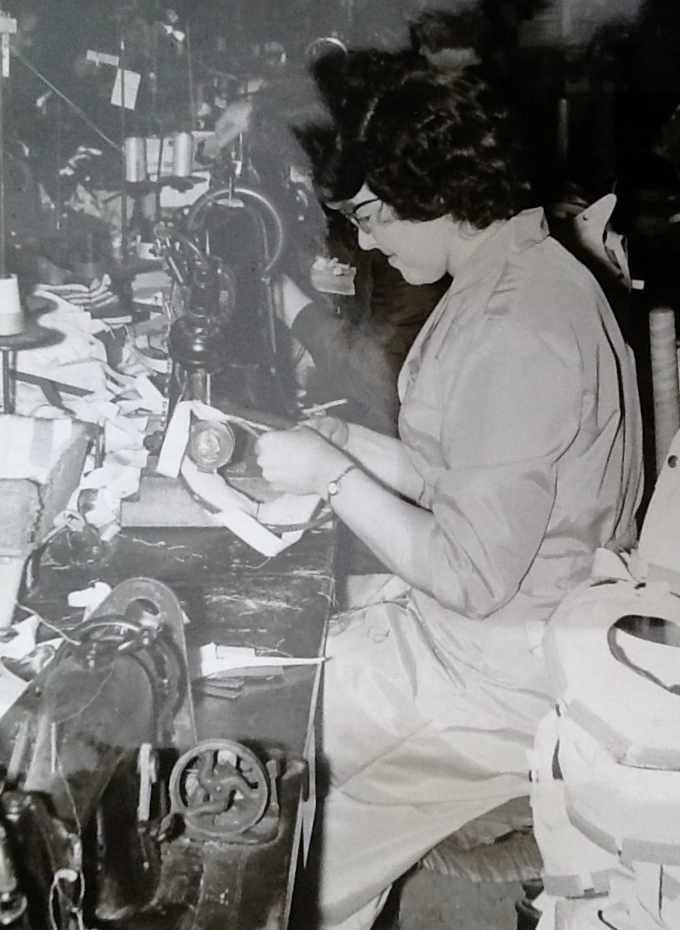

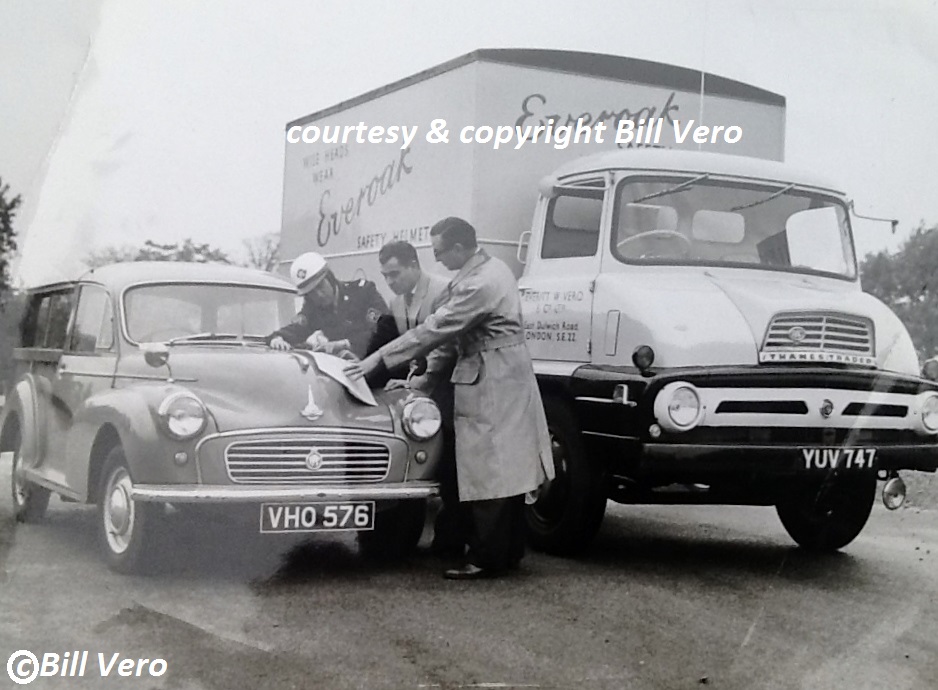
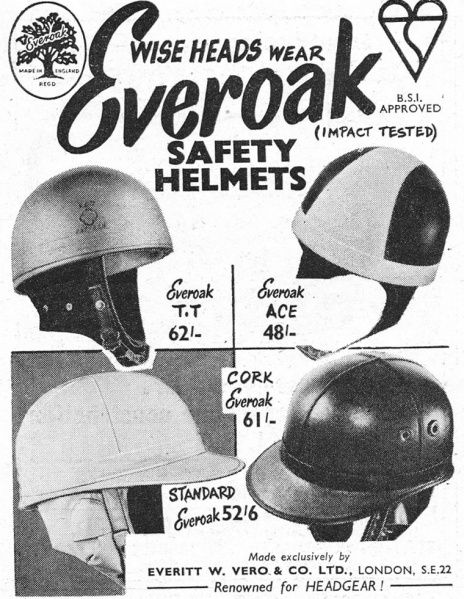
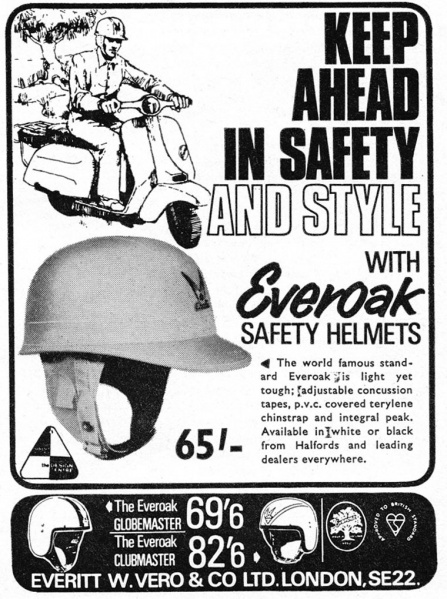
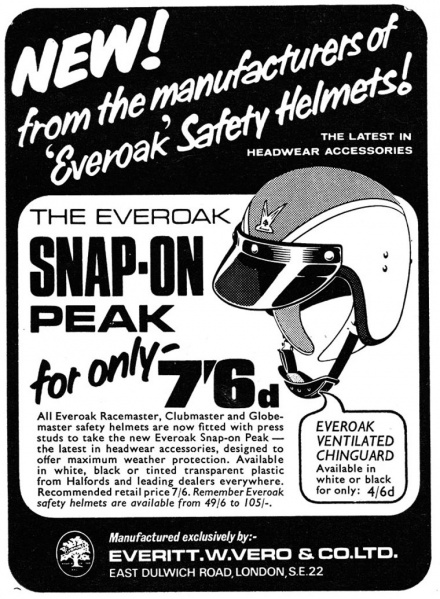
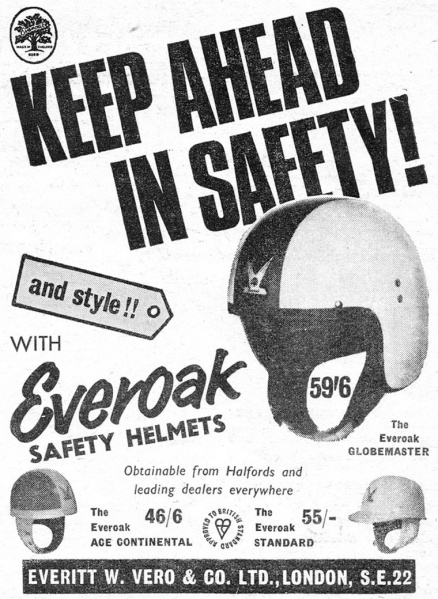
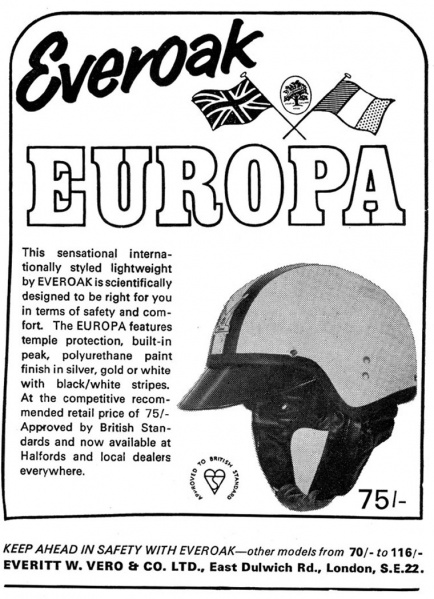

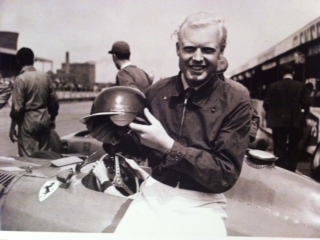



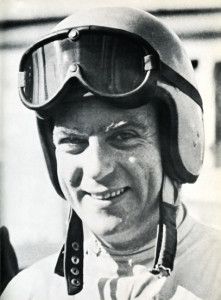




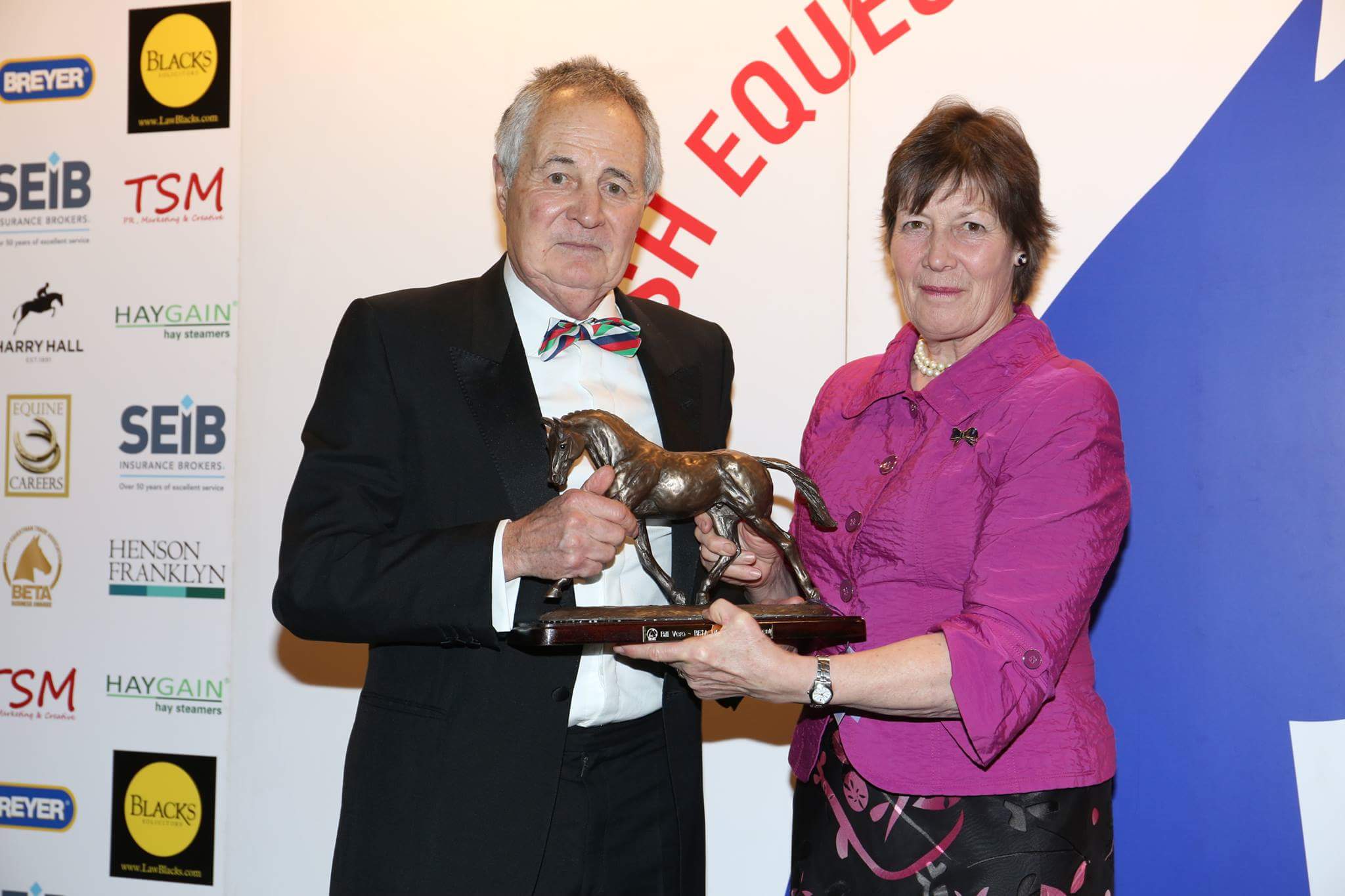



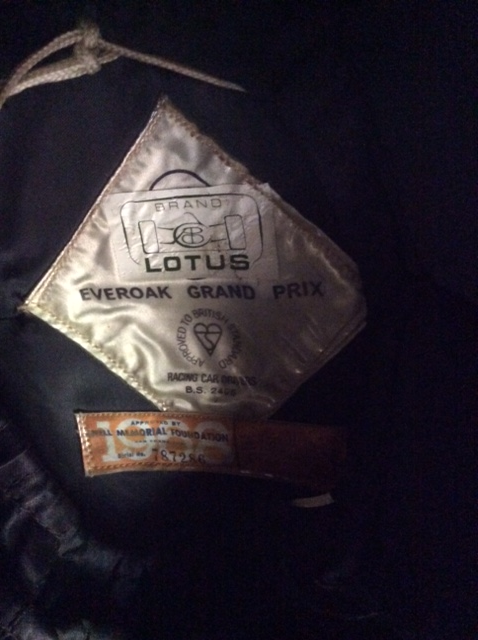

In 1957 I bought my 1st Everoak motorcycle helmet price 1 p0und 15 shillings, & happily used their quality products for years, I started motor racing in 1965 again using an Everoak, in 1977 I contacted the factory because I was having a bit of a problem buying new visors, to my surprise the gentleman I spoke to turned out to be no less than Bill Vero himself who promptly agreed to fix my problem & later sent me the 3 visors I wanted & at a great price.
During our natter I told him I was leading the Toyota Formula 3 championship & Bill stated that if I won the championship that season I should call him as he would supply FOC a hand fitted full face job, 2 months later & after a trip from Hampshire to Dulwich I met Bill who personally got fell into the job, built up then hand fitted my new helmet to suit my head plus as an afterthought generously supplied a good handful of visors & a claret coloured silk bag to hold it all, what a star he was.
I still have that 1977 Everoak helmet today some 37 years later, it is now stripped out to a bare shell & being repainted in the next few days & If I can ever find someone to cut & hand stitch some new pieces of interior cloth to go inside it will be like new again, & yes it’s well worth it because I love it to bits.
I won a fair number of races in Bills hand crafted helmet I never once had any fogging problems & even in long events it was never uncomfortable, it still is after all this time a fantastic piece of all English crafted safety wear, if only I could find a new one today I would buy it on the spot.
My sincere thanks to Bill Vero ( a kind & truly generous man ) & Everoak helmets for their quality product, should any of you ever pick this comment up please do let me know I’m now retired to Bideford Devon. tonybroster@aol.com
Many thanks for the info Tony, I have forwarded this to Bill Vero, Best Wishes, John Chinery
Very interested in the Ellwood connection that you mention as the original Ellwood factory in Great Charlotte Street,Blackfriars Road was owned by my great great grandfather. He and his family were all buried in West Norwood cemetery. I believe that Ellwood Hats were finally dissolved in 1975. A detailed history of the firm – and others connected with pith helmets – was written some years ago by Chris Mills and called ‘Jaunty Hats’.